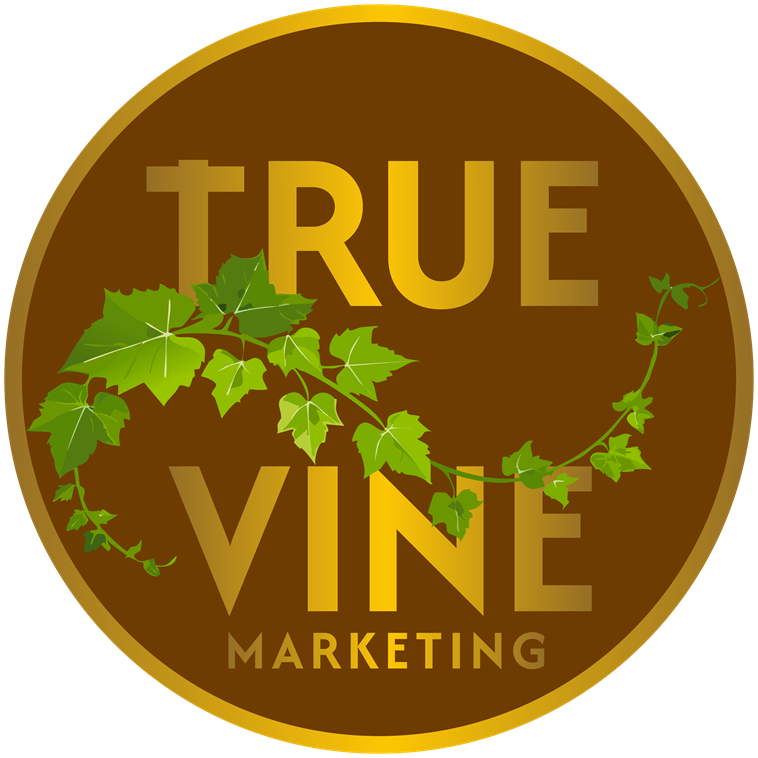In direct marketing, the customer journey can be the key to building meaningful, lasting relationships with your audience. Knowing how to guide your prospects through each stage of this journey helps marketers tailor their messaging, offers, and interactions to maximize conversions and loyalty. So, what is the customer journey, and how can marketers use it to their advantage?
In this article, we will break down each stage of the journey, highlight effective direct marketing strategies for each stage, and discuss how you can use customer relationship management to enhance your approach.
Understanding the Customer Journey
The customer journey is the process a customer goes through when interacting with a brand, from the first time they become aware of a product to making a purchase, and ideally, becoming a repeat customer or even an advocate for your brand.
In direct marketing, we focus on guiding customers through this journey with personalized, high-touch strategies. Rather than relying on mass advertising, we create one-to-one experiences that build relationships, foster trust, and encourage conversion.
The customer journey is typically broken down into several stages:
- Awareness: The customer first becomes aware of your product or service.
- Consideration: The customer evaluates whether your offering fits their needs.
- Decision: The customer makes a purchase decision.
- Post-purchase: The customer’s experience after the sale, which includes follow-ups, retention strategies, and advocacy.
Stage 1: Awareness – The First Step in the Customer Journey
The first stage in the customer journey is awareness. This is when a potential customer becomes aware of your brand or product. They may not be actively looking for a solution yet, but they might be facing a problem or need that could eventually drive them to seek out a solution.
In direct marketing, the goal during the awareness stage is to catch the prospect’s attention and introduce them to your brand and what you have to offer. This is where your direct marketing efforts, such as cold calling, direct mail, and event marketing, come into play.
Strategies for Building Awareness:
- Direct Mail: A well-crafted direct mail piece can capture attention and create awareness of your product or service.
- Cold Calling: Personalized phone calls can be highly effective in starting conversations and building initial awareness about your brand.
- Public Relations: Press releases, media coverage, or attending industry events can introduce your business to a larger audience.
- Networking: In-person events or conferences where you can meet potential customers face-to-face and introduce your offerings.
The key in this stage is to provide value upfront. It’s important to be informative and helpful, not pushy. Your goal is to spark curiosity, not necessarily to close a sale.
Stage 2: Consideration – Engaging the Customer
Once your prospect is aware of your product, the next stage is consideration. At this point, they may begin to actively look into their options, weighing whether your product or service can solve their problem.
In direct marketing, this stage is all about nurturing the relationship and building further engagement. Customers are evaluating their options, so it’s crucial to position your brand as a trusted solution.
Strategies for Engaging Customers:
- Personalized Follow-up: After the initial contact, follow up with additional information that addresses the prospect’s needs or concerns. This can be done via phone calls, personalized letters, or emails.
- Product Demos: Hosting one-on-one demonstrations, either in person or through a personalized consultation, helps the prospect better understand your product’s benefits and how it fits into their life.
- Content Delivery: Sending brochures, case studies, testimonials, or product samples via direct mail helps prospects visualize the value they will gain from purchasing your product.
- Special Offers: Consider sending exclusive offers, discounts, or coupons as an incentive for them to explore your product further.
In this stage, prospects are not yet ready to buy but are actively considering options. Your goal is to stay top of mind and show them how your product is a perfect fit for their needs.
Stage 3: Decision – Moving from Interest to Purchase
The decision stage is where the customer makes a choice—whether to purchase your product or move on to another option. At this stage, they have likely narrowed down their options and may just need a little nudge to finalize their purchase.
This is where you need to focus on closing the sale in a way that reinforces the customer’s confidence in their choice. In direct marketing, this is often where you use urgency, exclusivity, and personalized offers to encourage a decision.
Strategies to Encourage Decision:
- Limited-Time Offers: Offering a time-sensitive discount or bonus is a great way to give prospects that final push toward purchasing.
- Direct Communication: A personal call from a salesperson or a face-to-face meeting helps finalize the decision. This can be an opportunity to address any final objections.
- Custom Solutions: Tailor the offer based on what you’ve learned about the customer’s needs and budget. Personalization can make a customer feel that your offer is specifically for them.
- Referral Incentives: Provide incentives for referrals at this stage, such as discounts or bonuses for recommending your product to others.
The decision stage is a critical moment in the customer journey. Here, you need to build customer trust through transparency, addressing concerns, and offering reassurance that the customer is making the right choice.
Stage 4: Post-Purchase – Retaining and Nurturing Relationships
Once the customer has made a purchase, the journey doesn’t end. The post-purchase stage is just as important, as it determines whether the customer will become a repeat buyer, a loyal advocate, or an unhappy one.
In direct marketing, customer relationship management (CRM) comes into play. This is the time to continue the relationship, ensuring that the customer is satisfied and even encouraging them to make another purchase or recommend your brand to others.
Strategies for Post-Purchase Engagement:
- Follow-up Communication: Send thank-you cards, check-in emails, or a phone call to ensure satisfaction with the product. A small personal touch goes a long way.
- Customer Satisfaction Surveys: Asking for feedback through direct mail or follow-up calls helps improve future offerings and also gives the customer a sense of involvement.
- Loyalty Programs: Offering rewards for repeat purchases can help maintain engagement and encourage ongoing loyalty.
- Referral Programs: Incentivize your satisfied customers to refer others by offering discounts or bonuses for each successful referral.
This stage is about reinforcing the customer’s positive experience, so they become a repeat customer and spread the word to others.
Integrating the Customer Journey with Direct Marketing
By now, you may be wondering how to tie everything together. Direct marketing provides the perfect vehicle to guide customers through the journey with personalized and tailored interactions at every stage.
To successfully manage the customer journey in direct marketing, you need to:
- Track Customer Progress: Use customer relationship management (CRM) tools to monitor where each prospect is in their journey and tailor your communications accordingly.
- Personalize Communication: Ensure that every interaction feels like it’s designed specifically for the customer. This builds a sense of trust and encourages them to continue moving through the journey.
- Measure and Adjust: Constantly evaluate how your customers are moving through the stages and make adjustments as needed. If a customer is stuck in the consideration stage, provide additional information or schedule a follow-up call.
Conclusion
So, what is the customer journey? It’s the process through which a potential customer moves from awareness to purchase, and beyond. Understanding this journey is crucial for any marketer, especially when using direct marketing strategies to guide prospects through each stage.
The customer journey is not linear and requires ongoing effort. By integrating CRM strategies and staying focused on building customer trust, you ensure that your marketing efforts aren’t just about making a sale, but about creating lasting relationships with those you serve.
True Vine Marketing helps brands establish a strong foundation, refine their messaging, and expand their market presence with intentionality. Through strategic marketing solutions, we empower businesses to connect with their audience in meaningful ways, ensuring every touchpoint strengthens their impact and influence. Contact us to learn more about our marketing services and how we can nurture your business into a thriving enterprise.

